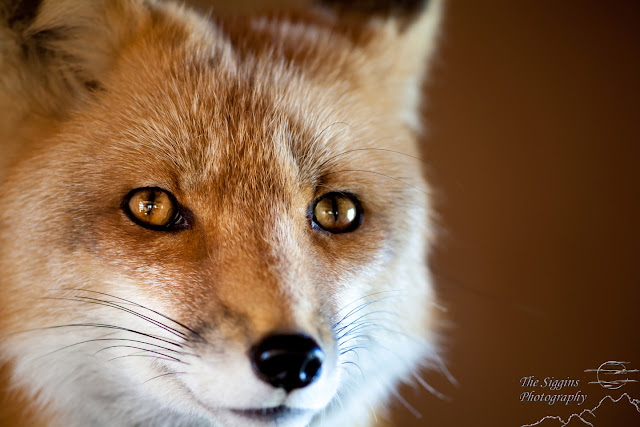 |
| Turnagain Arm |
 |
| Low Tide |
The Seward Highway follows the mountainous coastline. All along the way we were treated to spectacular views of Cook Inlet, where mammoth sloping mountains abruptly rise precipitously from this four-mile-wide bay.
It was low tide when we stopped at one of the many overlooks. Turnagain Arm boasts the second highest tides in North America after the Bay of Fundy. These tides, which can reach 40 feet, come in so quickly that they produce a wave known as a bore tide. Adventurous kayakers and surfers have taken to riding the tide as an extreme sport.
One of the nice surprises we were treated to that day is we pulled over at the best place to observe the bore tide about 20 minutes before it came it. We even saw what we think were Mountain Goats high on the side of the mountains. We think that is what they were, but they were really too far away to be able to know for sure. This stop and bore tide was completely unplanned, at least by us. God may have had this in mind for us all along.
 |
| Bore Tide |
The height of the tide is dependent on the phase of the moon. We were there for a medium high tide that was still very impressive. It was fun watching it come in.
A little way down the highway we stopped at another roadside pull off. There was a pretty little creek that flowed through the woods and emptied over a waterfall into a small pool before flowing into Turnagain Arm.

We knew we were in a good spot when a group of photographers on a tour came down the hillside to their van. The group was led by a guide that was obviously taking them to some of the best spots to photograph.
Before we got back to our car we looked out across Turnagain Arm and saw the setting sun was painting the clouds into a pleasant warm tone. The tour group was pulled over at the bottom of the hill doing the same thing.
 |
| Sunset Painting The Clouds |
We got in the car and headed toward Anchorage thinking that was the end of the day. Just a few miles down the road we saw many cars pulled over on the left and people out taking pictures out in Turnagain Arm. As we pulled over I saw some movement about a dozen yards from the shore. It was a Harbor Seal swimming close in. But no one was looking at the Seal. Instead they were looking and pointing at this.
 |
| Beluga Whale Breaching |
A pod of white Beluga whales were following the tide up Turnagain Arm. Photographing these whales was a real challenge. The Beluga lack a dorsal fin, which made them blend in and hard to spot. They are only above the surface for a few seconds before submerging again after grabbing a quick breath. Dusk was fairly far along and there was little light to work with. My photographic style must of looked like I was shooting popup targets in an circus arcade. Back and forth, trying to focus and shoot before the whale was gone. In the end I didn't get a great photo, but we have great memories.
 |
| Sunset |
We spent 14 days total door to door and only covered a very small area. If you have stuck with me you have been subjected to 25 blog posts describing what we did on our Alaska vacation. Even if no one reads these posts, I have enjoyed reliving the trip through photos and stories. Alaska had been on our bucket list for a while and we wanted to hit it while we can still go on some of the longer more adventurous hikes. After returning, it's still on our list. There are many more places to visit and things to do. We'll be back in a few years.



















































